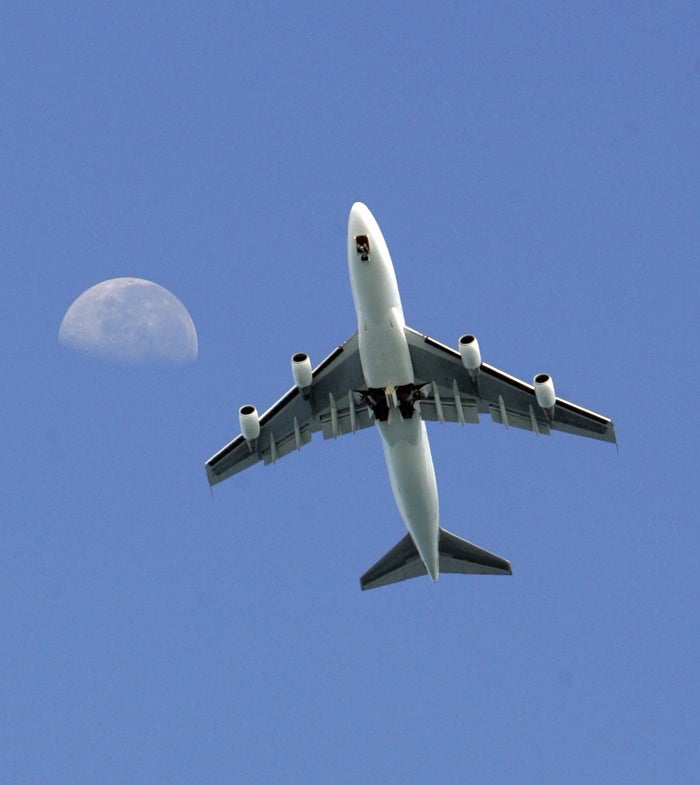Start your engines

The aerospace industry needs more female engineers.
Female engineers are made of tough stuff. Although it shouldn’t be the case, choosing to be a professional engineer and being female do not, even now, go hand in hand. Only 3 per cent of the Royal Aeronautical Society’s membership is female. However, is this a problem that is getting worse or – very slowly – better? To find out, we spoke to two female engineers separated by around 30 years.
Back in the day
Penny Stott is now retired after a successful career in engineering, while Vipra Sharma is a current fourth year student. Stott attended Queen Mary University in the late 1960s, but was fascinated with engineering from a much younger age. “I have always thought that if I was a boy I wouldn’t have done engineering because it wouldn’t have been extrovert enough,” she says. “I was in my teens when I realised that for medical reasons I would not be able to be a commercial pilot, so it seemed a good idea to find out about becoming an aeronautical engineer.”
Although sciences weren’t exactly encouraged at her all-girls secondary school, there was one teacher that stood out. “There were only three teachers who were men and one of those teachers was the physics teacher,” she says. He was a real encouragement to Stott, setting up a physics club at lunchtime and keeping the class up to date in the syllabus.
Despite her headteacher discouraging the idea of pursuing a career in engineering, Stott pushed forward. During her first year there were 180 students doing six different engineering courses, four of whom were female. Stott and another girl were among 30 aeronautical students. “At the end of the first year one girl had gone off with a civil engineer, then another decided engineering wasn’t mathematical enough and transferred to do a maths degree, so that just left two of us.”
The current situation
So, the numbers were dwindling back then, but what about now? Vipra Sharma, 22, is in the fourth year of her aeronautical engineering degree at City University in London. Unlike Stott, Sharma was quite keen on art-based subjects during her school years but set herself the challenge of improving her science and maths. To her surprise she was quite good at them.
She went to an all-girls convent school where she says – note the sense of déjà vu here – that the study of sciences wasn’t particularly encouraged. Most of her fellow students studied English literature or modern languages – only Sharma and one other girl continued studying physics though the whole A-level from a class of 50 girls.
When it came to university, Sharma found that out of around 100 students studying mechanical, aeronautical, air transport and automotive engineering, there were five girls; “Ridiculous,” she says. Out of the five, three were studying aeronautical engineering but two changed to air transport.
“The kind of opposition I got from my dad was just shocking! He was so against me doing engineering. Mum was the one who was very much like, ‘No, you do what you want to do’ but then, to be honest, my Dad has come round. “It was a pretty strange feeling [studying engineering] – you’re sitting in a large lecture theatre full of people and you look to your left and right and there are no girls. The next girl is either two rows in front of two rows back.”
After initially sticking together, the girls gradually split up and established separate groups. “To be honest, I think it was the whole, overwhelming thing that there were so many boys, so we did kind of group together. I gradually found out that I got along much better with the boys than with the girls!”
Interestingly, both Sharma and Stott had the same reaction when questioned about their female engineering role models: laughter. “Who are they?” comes Scott’s reply. “There are only the odd one or two engineers in a year at university now, just like there used to be.” Sharma at least managed to choose someone. “I think my new role model is definitely Penny Stott!” she says. “There isn’t a great deal to choose from.”
Sharma heard Stott, along with other female engineers, speak at the Women in Aerospace seminar run by the Royal Aeronautical Society. “It’s a good event to just come to and realise that you’re not alone,” says Sharma.
For more information visit the Royal Aeronautical Society’s website, www.raes.org.uk
Subscribe to Independent Premium to bookmark this article
Want to bookmark your favourite articles and stories to read or reference later? Start your Independent Premium subscription today.

Join our commenting forum
Join thought-provoking conversations, follow other Independent readers and see their replies